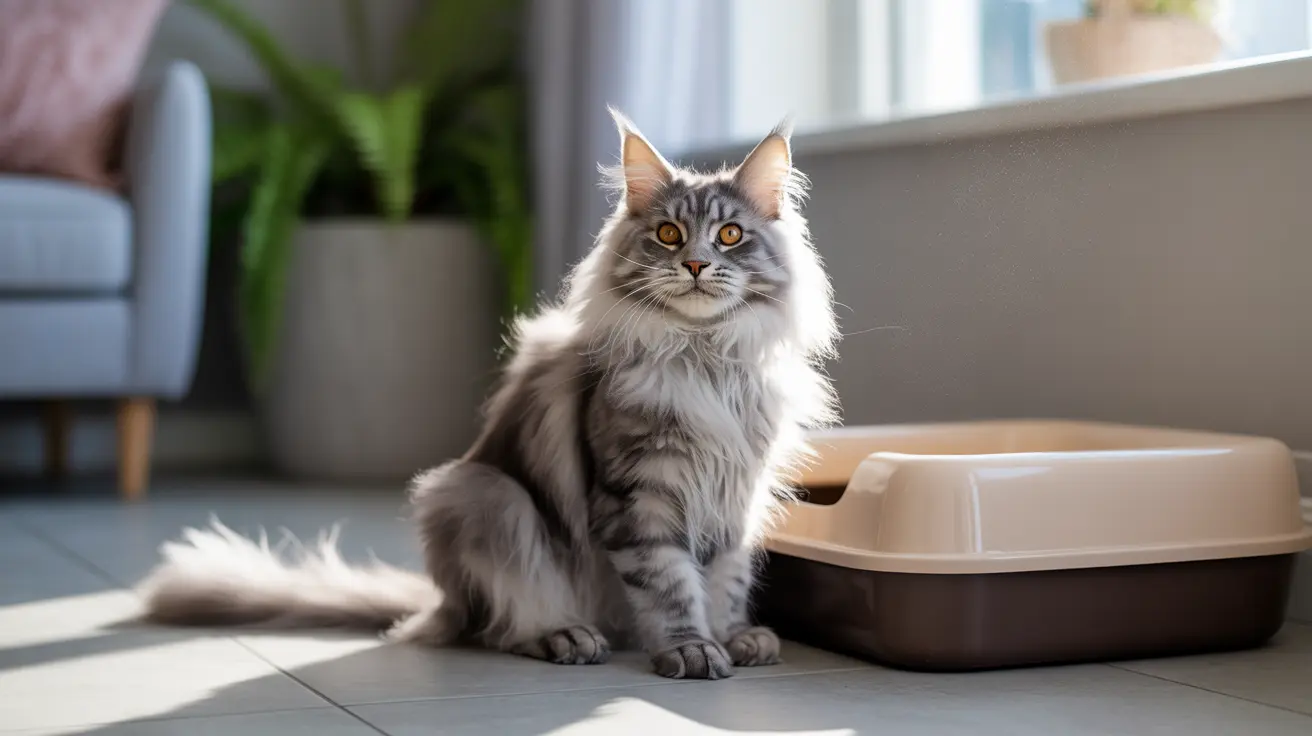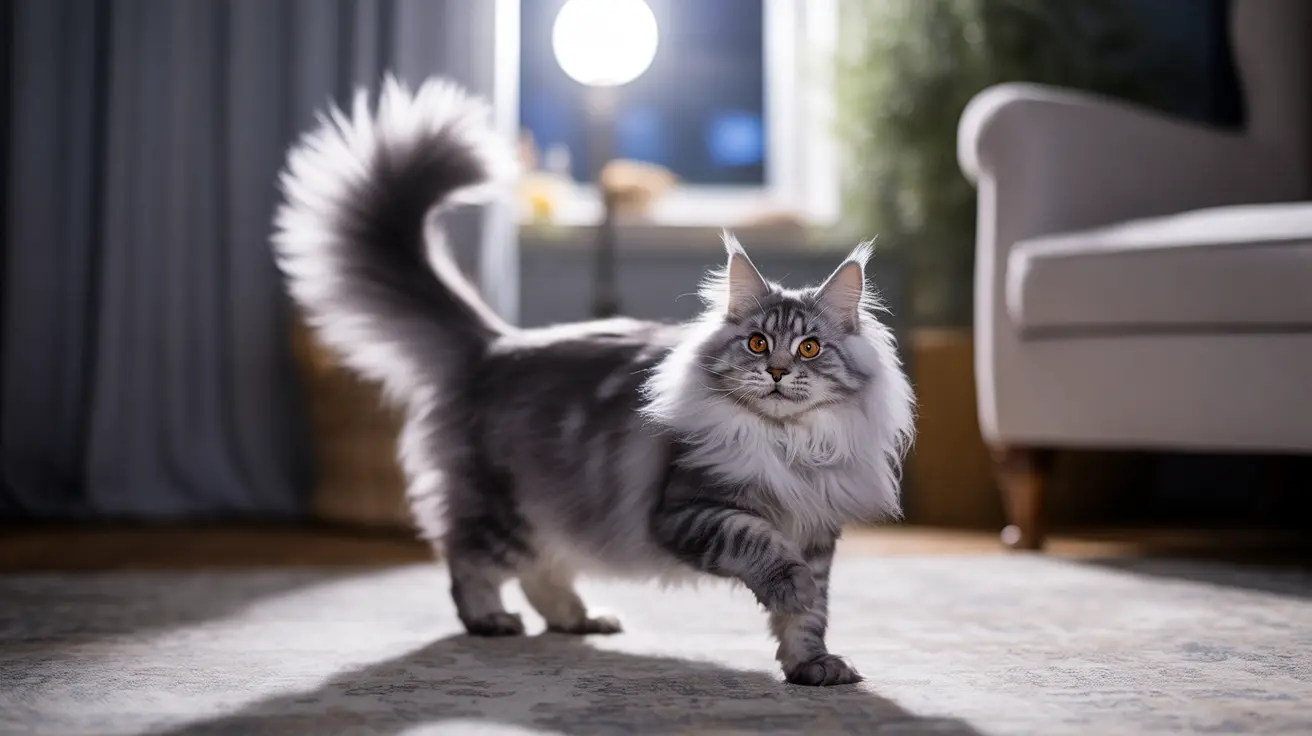If you've ever witnessed your dog making strange snorting or gagging sounds while extending their neck, you've likely encountered reverse sneezing. This common respiratory phenomenon, while alarming to witness, is generally harmless and serves as a natural reflex to clear the nasal passages. Let's explore what causes reverse sneezing in dogs and how to manage these episodes effectively.
Reverse sneezing, technically known as paroxysmal respiration, occurs when a dog rapidly pulls air through their nose, creating a distinctive snorting sound. This reflex helps dogs clear their nasopharynx of irritants and can be triggered by various factors, from environmental allergens to excitement.
What Causes Reverse Sneezing in Dogs?
Understanding the triggers of reverse sneezing can help pet owners better manage their dog's episodes. Common causes include:
- Environmental irritants (dust, pollen, smoke)
- Nasal infections or inflammation
- Excitement or physical activity
- Foreign objects in nasal passages
- Allergies
- Post-nasal drip
Breed Predisposition and Risk Factors
Certain dog breeds are more prone to reverse sneezing due to their anatomical structure. Brachycephalic breeds (those with flat faces) such as Pugs, Bulldogs, and Shih Tzus are particularly susceptible. Small breeds like Yorkies and Chihuahuas also commonly experience this condition.
Identifying a Reverse Sneezing Episode
During a reverse sneezing episode, dogs typically:
- Stand still with extended neck
- Make rapid, forceful inhalations
- Produce snorting or honking sounds
- Show mild distress or anxiety
- Return to normal within seconds to minutes
Managing Reverse Sneezing Episodes
While most episodes resolve on their own, there are several ways to help your dog during an episode:
- Gently massage your dog's throat
- Briefly cover their nostrils to encourage swallowing
- Speak calmly to reduce anxiety
- Remove any obvious environmental triggers
- Keep them in an upright position
Prevention and Long-term Management
To reduce the frequency of reverse sneezing episodes, consider these preventive measures:
- Use air purifiers to reduce airborne irritants
- Switch to a harness instead of a collar
- Regular cleaning to minimize dust
- Avoid strong perfumes or cleaning products
- Monitor seasonal allergies
When to Seek Veterinary Care
While most reverse sneezing is benign, certain signs warrant veterinary attention:
- Frequent or prolonged episodes
- Discharge from nose or eyes
- Difficulty breathing
- Loss of appetite or energy
- Blood in nasal discharge
- Additional respiratory symptoms
Frequently Asked Questions
What causes reverse sneezing in dogs and which breeds are most prone to it?
Reverse sneezing is primarily caused by irritation of the soft palate and nasopharynx. Brachycephalic breeds (flat-faced dogs) and small breeds are most prone due to their anatomical structure and compressed airways.
How can I tell if my dog's reverse sneezing is serious enough to need a vet?
Seek veterinary care if episodes become frequent, prolonged, or are accompanied by other symptoms like nasal discharge, difficulty breathing, or changes in appetite or energy levels.
What should I do to help my dog during a reverse sneezing episode?
Gently massage your dog's throat, briefly cover their nostrils to encourage swallowing, or softly blow on their face. Stay calm and speak soothingly to reduce their anxiety.
Are environmental irritants like dust or pollen common triggers for reverse sneezing in dogs?
Yes, environmental irritants are among the most common triggers. Dust, pollen, smoke, perfumes, and cleaning products can all initiate reverse sneezing episodes.
Can reverse sneezing be prevented or reduced with changes in my dog's environment or routine?
Yes, you can reduce episodes by minimizing exposure to triggers, using air purifiers, switching to a harness instead of a collar, and maintaining a clean environment. Regular vet check-ups can also help identify and address underlying causes.
Understanding reverse sneezing helps pet owners respond appropriately to these episodes and ensure their dog's well-being. While usually harmless, being aware of normal patterns and concerning changes enables proper care and timely veterinary intervention when needed.






